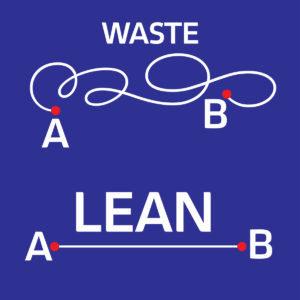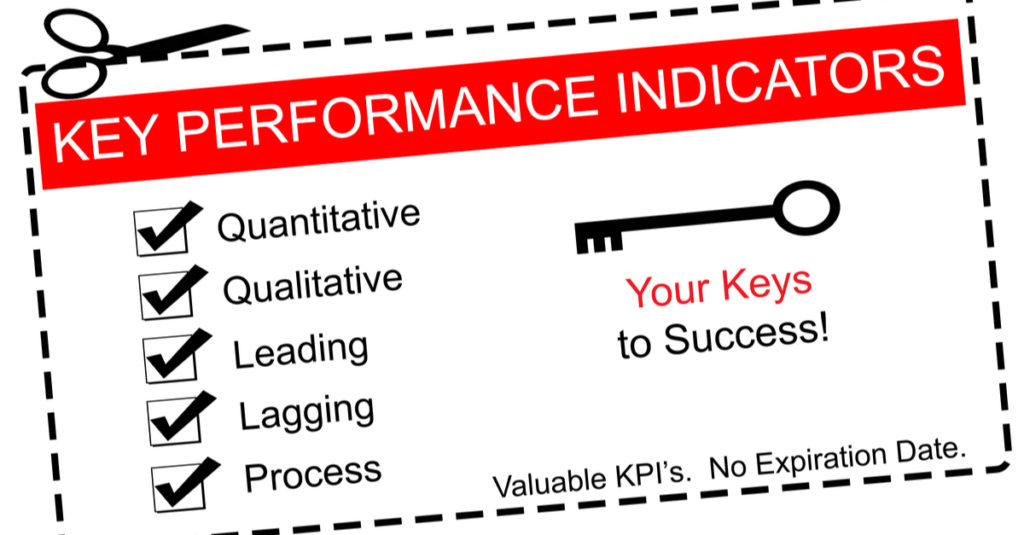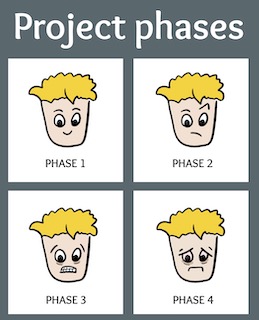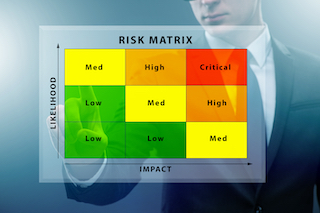
I provided estimates to various organisations associated with End-Users. For example Insurance companies and the Valuation Office
Views on Capital Project Management which may not be in text books
Capital project management is the planning, monitoring and control of projects which involve engineering, procurement and construction. The project life cycle usually has 4 phases
Concept Phase
Definition Phase (presanction)
Implementation Phase (EPC)
Handover and closeout

I provided estimates to various organisations associated with End-Users. For example Insurance companies and the Valuation Office

An EPCM contractor once convinced me to use Lean principles as a core strategy for a capital project
The project started in 2016 when LEAN was the latest management tool being pushed by consultants

In the last few years I found the reporting of Leading KPIs in monthly progress reviews very useful

I found the most useful checklists in capital projects were those that defined in detail the key stages of project completion when responsibilities are usually passed from one party to another

EPCM contractors preferred to present project cost estimates one way but Clients preferred it another way

Project phases post-sanction should be minimised if possible
I found that EPCM Designers became so focussed on completing a phase that progress and attention with the following phases usually suffered

I found two types of capital projects the most challenging:
These issues needed to be managed and included in risk registers
Capex’s for production and productivity reasons, with clear business cases and financial paybacks, were a lot more straightforward

However complex the project, I found using the simple 9 box (likelihood versus impact} risk matrix more than adequate for use and presentation

My view of the Client’s perspective of capital project implementation changed during my career
When I worked for an EPCM Contractor, I thought that design was key to the success of the project. Get it right and the project will deliver.
I moved to a site and realised that from a Client’s perspective the “shop window” of an EPCM contractor’s competence was the construction progress and site safety.
This was especially true when Clients got involved with safety audits and near miss reporting
Also when nearing construction completion, the Client is lining up his commissioning team. These extra resources then see delays occuring due to deficiencies in design and procurement.

Many capital expenditure proposals and project cost estimates I reviewed included a do nothing option
We propose projects to bring about a change or solve a problem
The do nothing is the problem so I do not think it should be presented as a possible solution